Topics
2016 Summer Games: Is Your Customer Service Support Ready

The 2016 Summer Games in Rio de Janeiro can potentially place massive levels of customer support volume on companies in a variety of industries from travel to telecommunications, to credit card and tech companies. Coupled with the fact that 60% of consumers have higher expectations for customer service now than they did just one year ago, you can imagine that it’s not just the athletes who should be gearing up for the games. Here’s how your business can prepare for gold medal service.
1. Prepare Common Questions
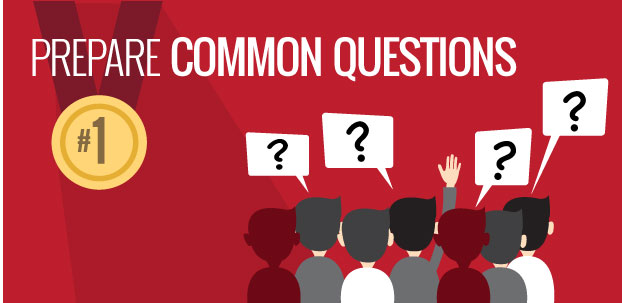
According to a survey of 5,000 consumers conducted by eGain, when calling a customer service center, the answers provided from one customer service agent to another were inconsistent in 41 percent of cases and 34% of agents didn’t have enough information to provide an answer at all.
Agents should be prepared to handle the 20 most common customer requests that come up during high travel times. Depending on your industry this could include topics like foreign ATM fees, lost items, upgrading to international plans, travel advisories and more. Make sure your knowledgebase is up-to-date.
2. Prepare for More Multilingual Callers
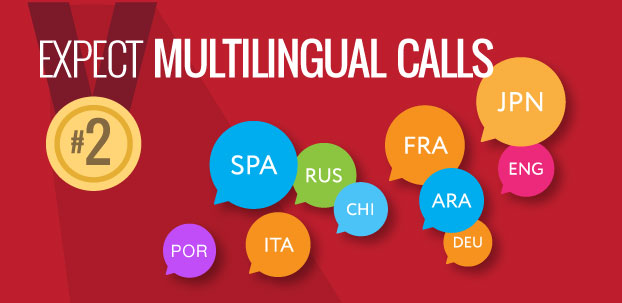
Since this is the first Summer Games to be held in South America, customer service volume for Spanish and Portuguese speaking customers is estimated to be high.
You may also want to staff additional agents who speak English and French — the official languages of the games — and four other “working languages” commonly spoken – Arabic, German, Russian, and Chinese.
3. Start Training Early
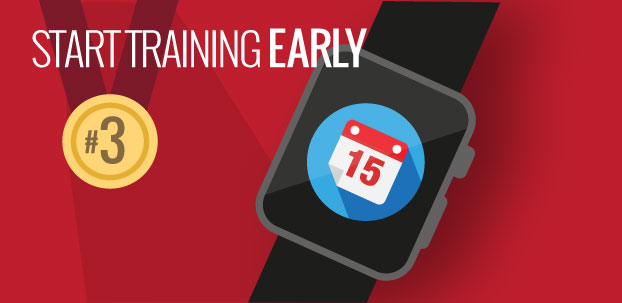
The host city expects an estimated 500,000 visitors, including 200,000 Americans—resulting in an increase in call volume during an already busy travel season.
Begin training staff at least 3 months early to handle increased Games support volume. This will give you enough time to ensure everyone is properly trained without disrupting regular routines leading up to the event.
4. Set Staff Expectations & Provide Stress Relief
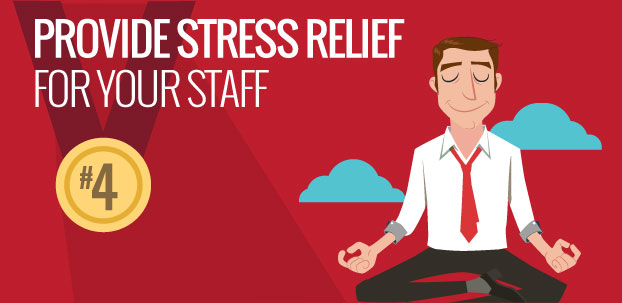
With high support volume, notify staff well in advance of special requirements like leave limits during the Games– but be reasonable to avoid morale drain. Allow one to two days of leave max rather than none— until the swell ends.
Call-center employees can average up to 10 hostile encounters a day.
Providing more breaks at peak times can help keep agents refreshed and stress-free.
5. Enable customers to help themselves
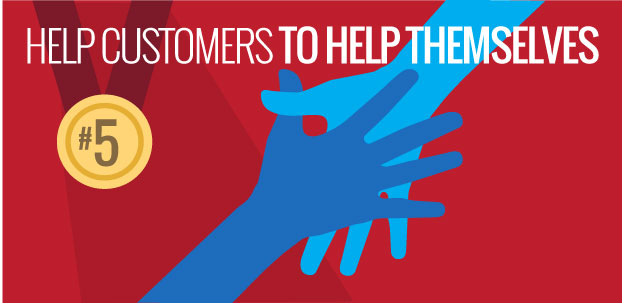
According to Forrester, 72 percent of customers prefer using web self-service to answer their questions.
Providing solution resources on your site or social channels can reduce the demand on your support staff while increasing satisfaction.
6. Embrace Technology

Recorded messages, announcing expected wait times, directing support to web resources and speech technology can help reduce pressure on support staff while giving customers flexible support options.
Call routing can help seamlessly spread high support volume across multiple centers, keeping customer wait times low and satisfaction high.
7. Go Social
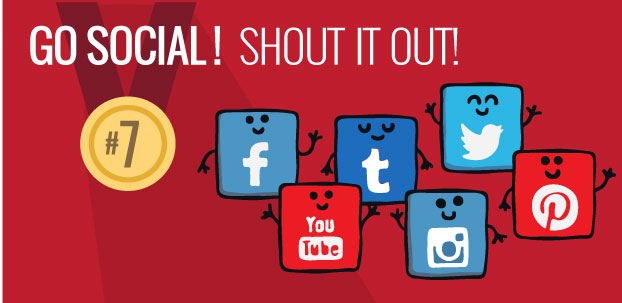
If you’re experiencing high call volume, use social media to keep customers up-to-the-minute on service delays or interruptions.
Conversocial reported that 88 percent of consumers are less likely to purchase from companies that leave questions unanswered on social media.
Hubspot found customers expect brands to have a presence on three to four social media channels, primarily Facebook and Twitter. But don’t neglect your other channels!
References
- Parature: Global State of Multichannel Customer Service Report
- TMC: Training Takes on New Importance in Call Center
- Psychology Today: The Last Bullying Frontier
- Sports Inside: 16 Facts About the Olympic Games
- Streetwise: The Languages of the Olympics
- New York Times: Researchers Weigh Risks of Zika Spreading at Rio Olympics
- Zendesk: Providing Great Customer Service Through Social Media
- Ragsdale, John, The State of Unassisted Support: 2012, TSIA Technology Insight, July 1, 2012.
- HubSpot: The Social Lifecycle: Consumer Insights to Improve Your Business

